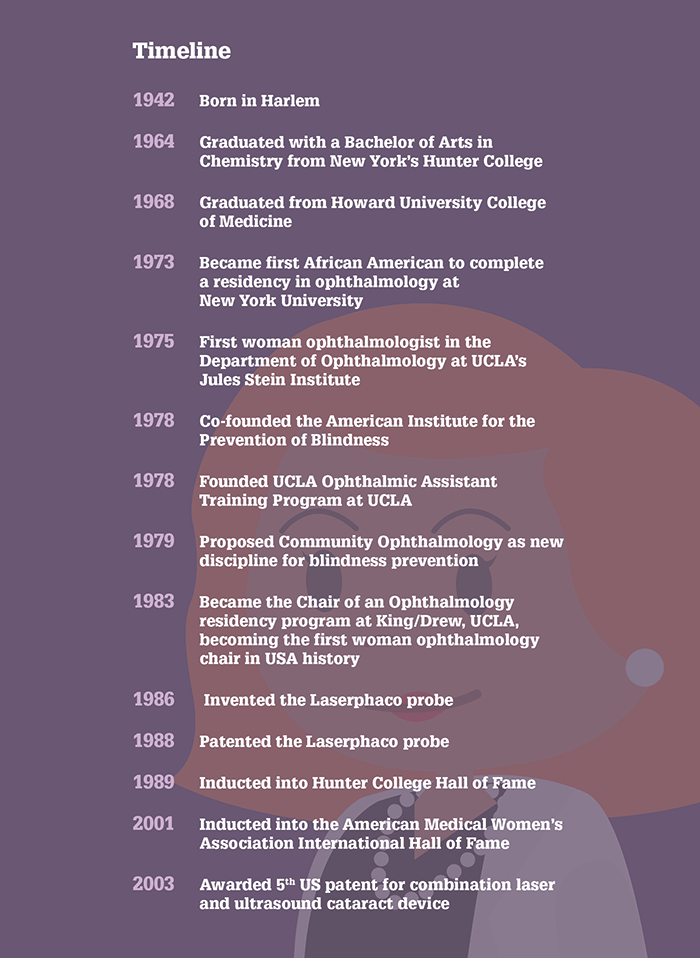President-elect Donald Trump has promised over and over in recent months that he will repeal and replace the Affordable Care Act, also called Obamacare, when he reaches the White House.
"Obamacare is a disaster. You know it. We all know it," Trump said at a debate last month. "We have to repeal it and replace it with something absolutely much less expensive."
Now that Trump will move into the Oval Office in January, the question is whether he'll be able to completely repeal the six-year-old law that has had an impact on every aspect of the U.S. health care system.
"It's a challenge for a Trump presidency," says Jack Hoadley, a research professor at Georgetown University's Health Policy Institute. "To get a true repeal and replace through, he needs 60 votes in the Senate." That's the minimum number of votes needed to overcome a filibuster in the Senate.
"Repeal of the law is absolutely going to come up, and the only potential defense against that would be a Democratic filibuster — if Republicans even allow a filibuster," says Austin Frakt, a health economist who runs the blog The Incidental Economist.
But even if Trump can't repeal the Affordable Care Act in its entirety, there's a lot he can do through rule-making and smaller legislative changes to weaken the law and mold it more to his liking.
Modern Healthcare - Nov. 9, 2016Republican Donald Trump's shocking victory Tuesday will force a major shift in the healthcare industry's thinking about its future. Combined with the GOP's retention of control of the Senate and the House, a Trump presidency enables conservatives to repeal or roll back the Affordable Care Act and implement at least some of the proposals outlined in the GOP party platform and the recent House Republican leadership white paper on healthcare.
Trump Can Kill Obamacare With Or Without Help From Congress
Capital Public Radio - Nov. 9, 2016
President-elect Donald Trump has promised over and over in recent months that he will repeal and replace the Affordable Care Act, also called Obamacare, when he reaches the White House. Now that Trump will move into the Oval Office in January, the question is whether he'll be able to completely repeal the six-year-old law that has had an impact on every aspect of the U.S. health care system.
Trump Can Kill Obamacare With Or Without Help From Congress - capradio.org













